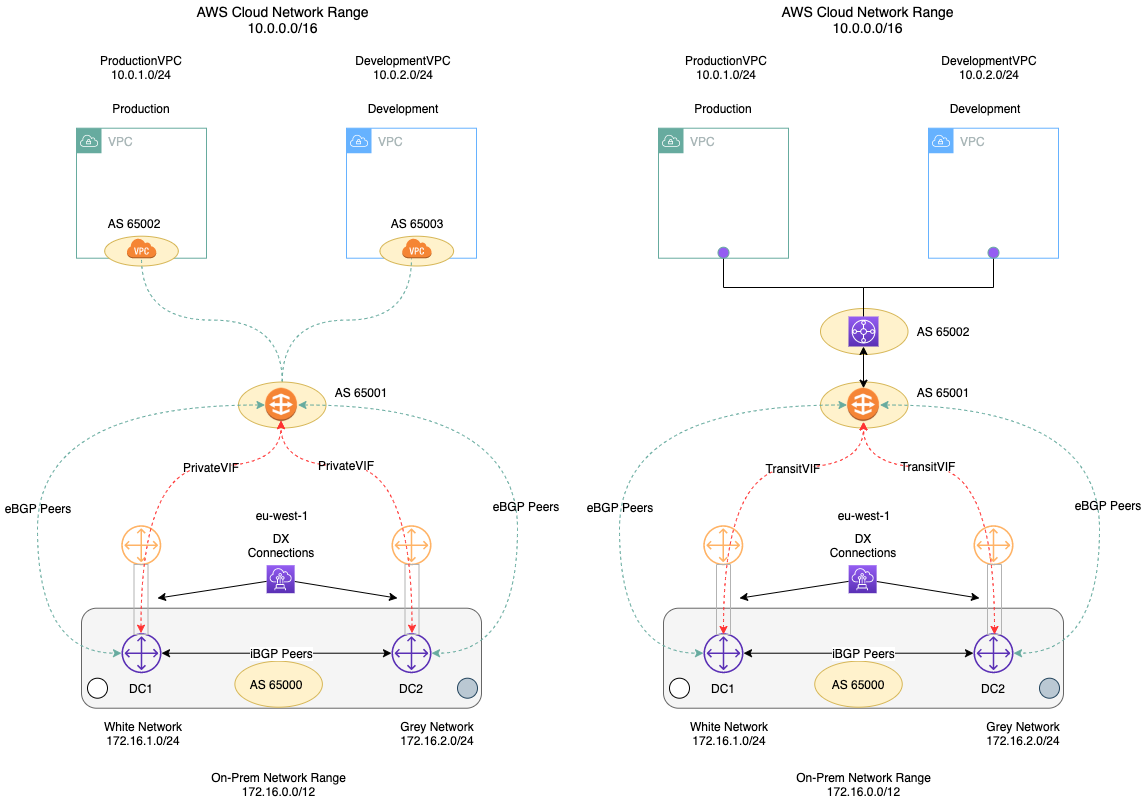BGP Basics

BGP and Its Applications
Border Gateway Protocol (BGP) is a routing protocol that plays a crucial role in the efficient and reliable delivery of data in modern networks. In this blog post, we will delve deeper into BGP and its applications in different networks.
BGP for Internet Service Providers (ISPs)
ISPs use BGP to exchange routing information with other networks, allowing them to route traffic along the most efficient path to its destination. This capability is essential for ensuring that the network is always optimized. Furthermore, BGP enables ISPs to advertise their network to other networks and receive information about other networks. This means that ISPs can gain a more comprehensive overview of the network topology, which can help them make better decisions about network upgrades and expansions.
BGP for Multi-Homed Enterprises
Multi-homed enterprises are those that have connections to multiple ISPs. BGP is used in these networks to provide redundancy and load balancing. By using BGP, traffic can be routed along the most efficient path to its destination, which helps to balance the load on the network. Additionally, BGP ensures that the network is always ready to absorb any possible traffic spikes or network failures, providing a reliable and consistent service to enterprise customers. Multi-homed enterprises can also leverage BGP to implement policy-based routing, which allows them to control how traffic is routed through their network.
BGP for Cloud Providers
Cloud providers use BGP to advertise their network to other networks and ensure that their customers can access their services from anywhere in the world. By using BGP, cloud providers can ensure that traffic is routed along the most efficient path to its destination, which helps to improve the performance of their services. Furthermore, BGP also allows cloud providers to scale their infrastructure efficiently and respond quickly to sudden changes in demand. Cloud providers can also leverage BGP to implement traffic engineering, which allows them to control how traffic is routed through their network.
Conclusion
As we have seen, BGP is a critical component of modern networks. Its ability to exchange routing information and route traffic along the most efficient path makes it essential for ISPs, multi-homed enterprises, and cloud providers. By using BGP, networks can provide redundancy, load balancing, and ensure that their customers can access resources on other networks. Additionally, BGP can be leveraged to implement policy-based routing and traffic engineering, which allows for greater control over network traffic. However, it is important to keep in mind that BGP is a complex protocol that requires expertise and careful management to function correctly.
Reference
https://www.cloudflare.com/learning/security/glossary/what-is-bgphttps://aws.amazon.com/what-is/border-gateway-protocol/https://isbgpsafeyet.com/- Flavio Luciani, Tiziano Tofoni, BGP RPKI: instructions for use, Reiss Romoli, 2020
- Rene Cardona, The Fast-Track Guide to VXLAN BGP EVPN Fabrics: Implement Today’s Multi-Tenant Software-Defined Networks, Apress, 2021
https://packetlife.net/media/library/1/BGP.pdf